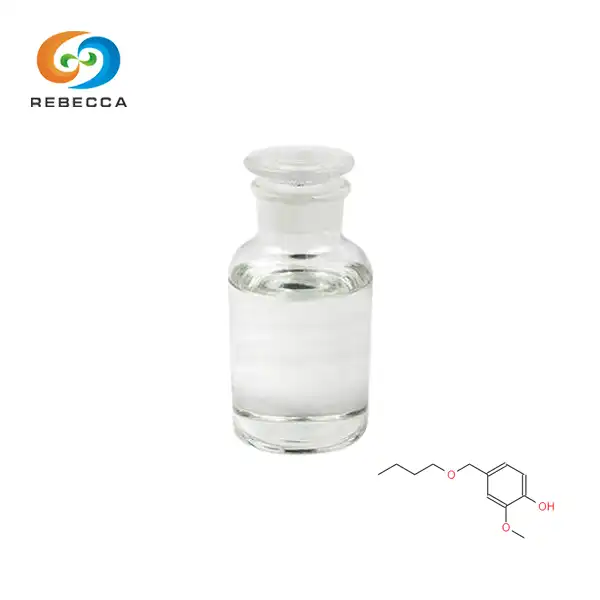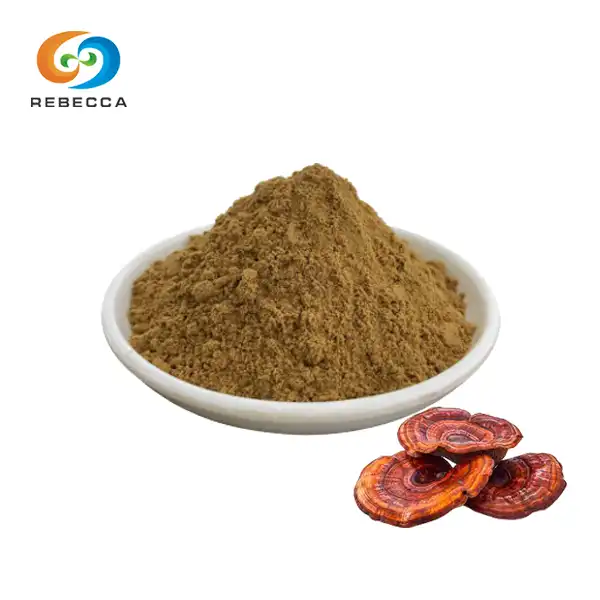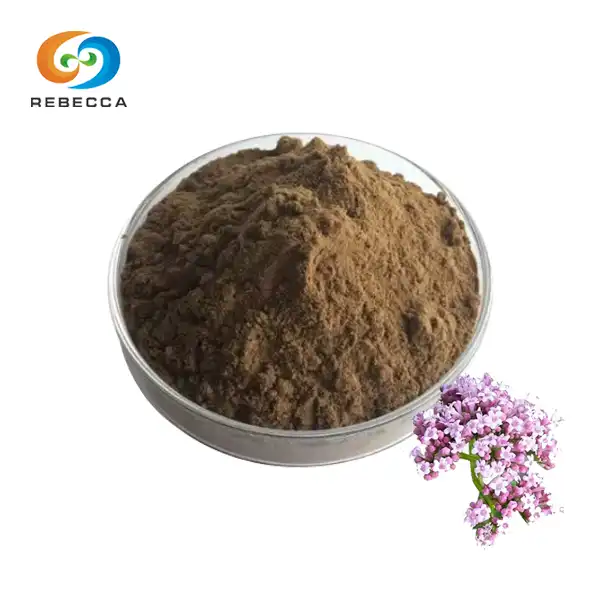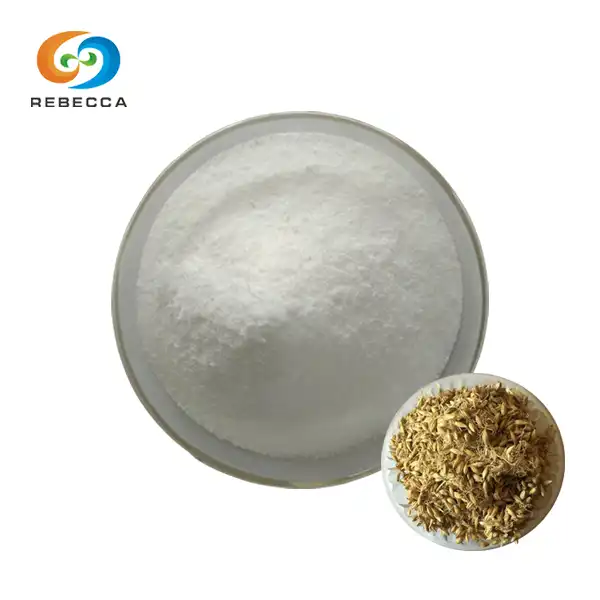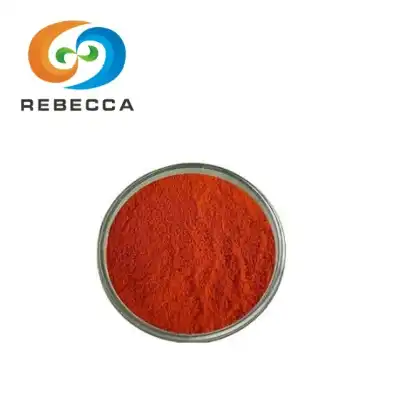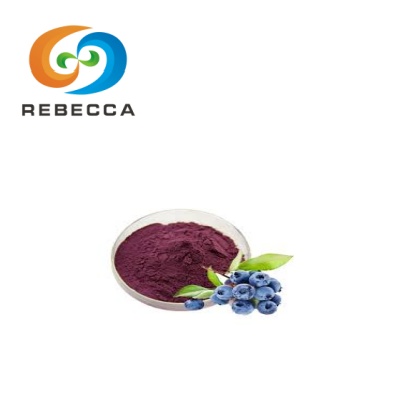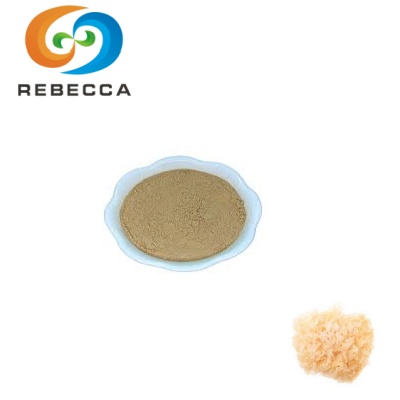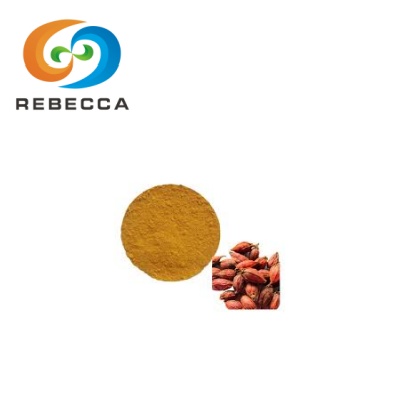How is shilajit made & purified for human consumption?
Deep within the towering peaks of the Himalayas, Altai, and other mountain ranges, nature has been crafting one of its most remarkable substances for millions of years. Shilajit, often called "mountain tar" or "rock sweat," emerges from these ancient geological formations as a dark, resinous material packed with essential minerals and bioactive compounds. The journey from raw mountain exudate to the refined shilajit extract available for human consumption involves centuries-old traditional methods combined with modern purification techniques that ensure both safety and potency.
Understanding how this precious substance transforms from its natural state to a consumable product reveals the intricate balance between preserving its therapeutic properties and eliminating potentially harmful contaminants. The process requires expertise, patience, and respect for both traditional wisdom and contemporary scientific standards. This comprehensive journey through harvesting, purification, and processing illuminates why authentic shilajit products command such respect in the wellness community.
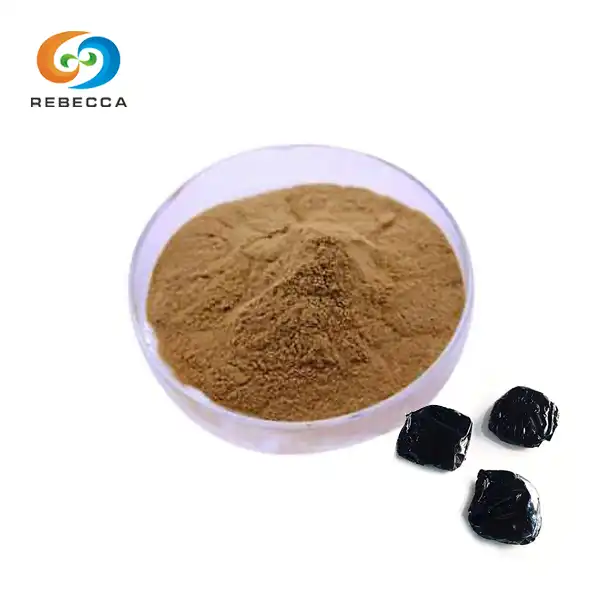
【English name】: Shilajit Extract
【Latin Name】: SHILAJIT Asphaltum (Shilajit)
【CAS No.】: 479-66-3
【Active ingredients】: fulvic acid
【Specification】: fulvic acid 50%
【Appearance】: Yellow brown Fine Powder
【Mesh size】:80 Mesh
【Test Method】: HPLC
Harvesting
The harvesting of shilajit represents one of the most challenging and dangerous collection processes in the natural products industry. Local harvesters, often following family traditions passed down through generations, brave treacherous mountain terrain to locate and collect this valuable substance. The process typically begins during the warmer months when temperature fluctuations cause the shilajit to slowly ooze from rock crevices and cliff faces, creating dark, tar-like deposits that can be carefully scraped away.
Experienced collectors possess an intimate knowledge of their mountainous territories, understanding which rock formations are most likely to yield high-quality shilajit. These skilled individuals often work at altitudes exceeding 16,000 feet, where oxygen levels drop significantly and weather conditions can change rapidly. The harvesting process requires specialized tools including chisels, scrapers, and collection containers, along with mountaineering equipment for safe navigation of steep, rocky surfaces.
The quality of raw shilajit varies considerably depending on its geographical origin, altitude of collection, and seasonal timing. Premium shilajit extract typically originates from higher altitudes where geological pressure and mineral content create more concentrated deposits. Harvesters must distinguish between authentic shilajit and similar-looking substances like bitumen or other organic residues that may appear in mountainous regions. This expertise comes from years of experience and training, as the visual and tactile differences can be subtle but critically important for product quality.
Traditional harvesting methods emphasize sustainability and respect for the mountain environment. Experienced collectors take only what naturally exudes from rock formations, never extracting material that could damage the geological structure. This approach ensures that shilajit continues to form naturally over time, maintaining the delicate balance between human utilization and environmental preservation. The harvested raw material typically contains various impurities including rock particles, plant debris, soil, and other organic matter that must be removed through careful purification processes.
Purification
The purification of raw shilajit represents perhaps the most critical phase in creating safe, effective shilajit extract for human consumption. This multi-stage process combines traditional Ayurvedic methods with modern analytical techniques to remove contaminants while preserving the bioactive compounds that make shilajit valuable. The purification journey begins immediately after harvesting, as raw shilajit can harbor bacteria, heavy metals, and other potentially harmful substances that must be eliminated before human consumption.
Traditional purification methods, refined over centuries, involve dissolving raw shilajit in pure water or specific herbal decoctions. This process allows the water-soluble components, including fulvic acid and essential minerals, to separate from insoluble impurities like sand, rocks, and plant debris. The dissolution process typically occurs over several hours or days, with periodic stirring to ensure complete extraction of valuable compounds. Master processors often add specific herbs during this stage, believing they enhance the therapeutic properties while assisting in purification.
Modern purification techniques complement traditional methods by employing filtration systems, centrifugation, and analytical testing to achieve higher purity standards. Multiple filtration stages remove progressively smaller particles, while centrifugation separates materials based on density differences. Advanced processing facilities utilize activated carbon filtration, reverse osmosis, and other sophisticated techniques to eliminate microbial contamination and chemical residues that traditional methods might miss.
Quality control during purification involves extensive testing for heavy metals, microbial contamination, and chemical purity. Reputable manufacturers test for lead, mercury, cadmium, and arsenic levels, ensuring they remain well below established safety limits. Microbiological testing screens for harmful bacteria, yeast, and mold that could pose health risks. These analytical procedures often reveal the fulvic acid content, with premium shilajit extract products typically containing 50% or higher concentrations of this key bioactive compound.
The purification process must strike a delicate balance between removing harmful substances and preserving beneficial compounds. Over-processing can destroy delicate organic molecules and mineral complexes that contribute to shilajit's therapeutic properties. Experienced processors monitor the purification carefully, using traditional sensory evaluation alongside modern analytical methods to determine optimal processing endpoints. This expertise ensures that the final product maintains the full spectrum of bioactive compounds while meeting contemporary safety standards.
Drying and Processing
The final transformation of purified shilajit into consumer-ready products requires careful drying and processing techniques that preserve bioactivity while creating stable, convenient forms for consumption. This stage determines the final appearance, potency, and shelf-life of shilajit extract products, making it crucial for maintaining quality from production facility to end consumer. The drying process must remove moisture without damaging heat-sensitive compounds, requiring precise temperature and time control.
Traditional drying methods involve slow evaporation under controlled conditions, often utilizing gentle heat sources like solar drying or low-temperature ovens. This approach preserves the integrity of organic compounds while gradually removing moisture content to levels that prevent microbial growth and ensure product stability. Some traditional processors spread thin layers of purified shilajit on clean surfaces, allowing natural air circulation to slowly concentrate the material over several days or weeks.
Contemporary processing facilities employ sophisticated drying technologies including freeze-drying, spray-drying, and vacuum evaporation to achieve consistent results while maintaining bioactivity. Freeze-drying, considered the gold standard for preserving sensitive organic compounds, removes moisture through sublimation at very low temperatures, virtually eliminating thermal damage to delicate molecules. This process creates a stable powder form that reconstitutes easily while retaining maximum potency.
The processing stage also involves standardization procedures that ensure consistent potency and quality across different production batches. Manufacturers blend materials from various sources to achieve target specifications, such as specific fulvic acid percentages or mineral content profiles. This standardization process requires extensive analytical testing and careful documentation to maintain quality control standards that meet regulatory requirements and consumer expectations.
Final processing steps include particle size reduction through grinding or milling to achieve desired mesh sizes, typically around 80 mesh for powder products. This fine particle size improves dissolution rates and bioavailability while creating uniform appearance and texture. Quality processors conduct final testing at this stage, verifying that products meet all specified parameters including appearance, moisture content, microbial limits, and active compound concentrations.
Packaging considerations play a crucial role in maintaining product quality during storage and distribution. Premium shilajit extract products require protection from light, moisture, and oxygen exposure that could degrade sensitive compounds over time. Specialized packaging materials, often including vacuum-sealed containers or inert gas flushing, help preserve product integrity from manufacturing facility to consumer use.
Rebecca: Pure Shilajit Extract Manufacturer
The journey from ancient mountain deposits to refined shilajit represents a fascinating blend of traditional wisdom and modern scientific precision. This comprehensive process ensures that consumers receive products that honor both the natural heritage of shilajit and contemporary safety standards. Understanding these production methods helps consumers appreciate the complexity and expertise required to create authentic, high-quality shilajit products.
Rebecca stands as a trusted shilajit extract supplier, combining traditional processing wisdom with cutting-edge purification technologies to deliver premium products that meet the highest quality standards. Our carefully controlled production process yields products with 50% fulvic acid content, presented as a yellow-brown fine powder with 80 mesh particle size, verified through HPLC testing methods. This standardized approach ensures consistent potency and purity in every batch, providing consumers with reliable access to this remarkable natural substance.
For more information about our premium extract products or to place an order, please reach out to us at information@sxrebecca.com. Our team of experts stands ready to provide detailed product specifications, analytical certificates, and guidance on incorporating our high-quality products into your wellness or manufacturing applications.
References
1. Agarwal, S.P., et al. (2007). Shilajit: a review. Phytotherapy Research, 21(5), 401-405.
2. Carrasco-Gallardo, C., et al. (2012). Shilajit: a natural phytocomplex with potential procognitive activity. International Journal of Alzheimer's Disease, 2012, 674142.
3. Ghosal, S. (1990). Chemistry of shilajit, an immunomodulatory Ayurvedic rasayan. Pure and Applied Chemistry, 62(7), 1285-1288.
4. Mishra, B., et al. (2011). Traditional uses, phytochemistry and pharmacological properties of Shilajit: A review. Journal of Ethnopharmacology, 136(1), 1-13.
5. Wilson, E., et al. (2011). Review on shilajit used in traditional Indian medicine. Journal of Ethnopharmacology, 136(1), 1-13.
